Why Water?
Water is the most essential element of life.
It can also be one of the most dangerous.
Access to water is one of the biggest problems that humanity faces.
1 in 10 people on the planet do not have access to safe water. That’s 663 million people, more than twice the population of the United States.1

Children are the most vulnerable, a child dies every 60 seconds from diarrheal diseases.2
Dying from unsafe water is common, but even more people are living with it. Sickness from dirty water and the time spent collecting it takes its toll. The burden of water collection traditionally falls on women and children – 71% of water collection in Africa is done by women and girls.3
Once the water is collected, it might not even be safe to drink. If you spend hours a day carrying water for your family, or have to stay at home because you’re sick with diarrhea, you cannot go to school, learn a skill, or take care of your family. You can’t work for a better life.
Health, education, and work all start with water.
While the problem is huge, the solutions are simple. Using simple tools and effecting training, an empowered community can learn to take care of their own water for generations.
Water is the first step to achieving health, getting an education, and learning work skills. Water can transform a community. One community we helped once had a full medical clinic and an empty school. But now the picture looks more like this:

Health
Children live past the age of five, and women do not suffer from carrying heavy loads of water for their family. Overall community health improves.

Education
Healthy children have the energy to attend school and the mental clarity to learn the skills that will help them have a successful life.

Work
Women spend less time carrying water, which means they can focus on other things like learning work skills and taking care of their families.
Training is a Multiplier
Training community members how to operate water systems, fix broken wells, and teach health and hygiene ensures that the solutions are long-term. Not only does training support long-term solutions, training is a multiplier. If a team of volunteers train ten people in a community, who then each train ten other people, who then each train ten more, impact is multiplied.
WHY WATER FACTS
- Worldwide 748 million people live without clean water and 2.5 billion people live without toilets every day of their lives
- 1,400 Children die every day from diarrheal diseases linked to the lack of safe water and adequate sanitation and hygiene.
- Unsafe drinking water, inadequate availability of water for hygiene, and lack of access to sanitation together contribute to about 88% of deaths from diarrheal diseases.
- The single most effective intervention is hand washing with soap, which would cut diarrhoeal deaths nearly in half.
- Women and children spend more than 200 million hours each day collecting water from distant often polluted sources.
Please use the links below for more information on the impact of safe water and sanitation:
A Smart Investment
The World Health Organization estimates that every $1 invested in water yields at least $4 for the local economy.4
Water provides health, education, and work for communities.
References
- ‘Progress on Sanitation and Drinking Water – 2014 update.’ World Health Organization and UNICEF. 2014 http://apps.who.int/iris/bitstream/10665/112727/1/9789241507240_eng.pdf
- ‘Child Mortality Report’ UNICEF. 2013. http://www.childinfo.org/files/Child_Mortality_Report_2013.pdf
- ‘The Millennium Development Goals Report.’ United Nations. 2012 http://mdgs.un.org/unsd/mdg/Resources/Static/Products/Progress2012/English2012.pdf
- ‘Global costs and benefits of drinking-water supply and sanitation interventions to reach MDG target and universal coverage.’ World Health Organization. 2012. http://apps.who.int/iris/bitstream/10665/75140/1/WHO_HSE_WSH_12.01_eng.pdf?ua=1

